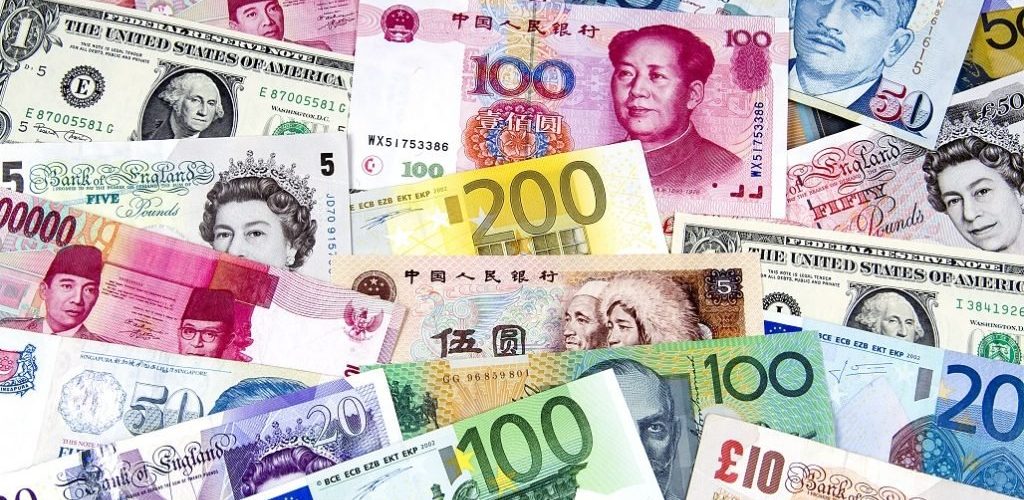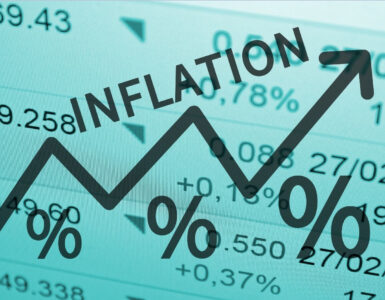The dollar’s share of global reserves has declined steadily for years. Will the euro, yuan, or bitcoin take its place at the center of global finance?
Half a century ago today, on August 15, 1971, U.S. President Richard Nixon took a momentous step.
After World War II, the U.S. had used its leverage as the last advanced economy standing to make the dollar the foundation of a global system of exchange rates. The postwar dollar was backed by huge gold reserves built up in part through American sales of munitions to Europe during the war. The system, known as Bretton Woods for the New Hampshire site of its enactment, played a key role in the reconstruction of devastated economies in Europe and Japan.
But by 1971, those recovering economies had become a threat to the gold-backed dollar. Rising exports from Europe and Japan eroded the U.S. share of global trade, reducing demand for American currency. Combined with excess U.S. spending, this convinced financial markets that the dollar was overvalued against its $35 per ounce gold peg. Starting in the 1960s, dollars were redeemed for gold at a faster and faster clip, a “gold run” motivated by the belief that the dollar’s peg might break, leaving dollar holders short.
Finally, 50 years ago, Richard Nixon suspended dollar redemptions for gold. Though the process took a few more years to play out, this effectively ended the gold standard and the fixed Bretton Woods exchange system that relied on it.
The significance of this moment is arguably exaggerated in the sweep of financial history – the “gold standard” that Nixon ended had lasted less than three decades, under extremely unusual circumstances. In its place eventually came the relatively free-floating exchange rates we know today, in which the relative value of currencies changes based broadly on the economic clout and political stability of the issuing nation.
As it happened, despite the rise of Europe and Japan, this new currency regime still favored the (now unbacked) U.S. dollar. For the half-century since, it has remained the dominant currency for global trade, and the overwhelming choice of foreign central banks looking for a stable store of value. As we discussed in the first installment of this series, this has given the U.S. a variety of economic and political advantages, often referred to as the dollar’s “exorbitant privilege.”
But now, the status quo of dollar dominance is eroding. Post-pandemic inflation has reignited worries about the dollar’s declining reserve status, but it’s a much longer-term trend: In May, the dollar’s share of central bank reserves fell to a 25-year low of 59%.
The dollar’s lost share has been taken up in large part by growth in reserves held as euros, Japanese yen, and Chinese yuan. There’s also another competitor, though it’s still just a glimmer on the horizon: Crypto advocates have long argued that bitcoin (BTC, +3.83%) or another digital asset could serve as a global reserve currency, and recently much more mainstream figures, including the former head of the Bank of England, have supported the idea of a supranational digital reserve instrument.
Reserve status is not a winner-take-all competition. The circumstances that led to nearly a century of dollar dominance were an anomaly, and experts generally don’t expect any single currency or instrument to become similarly dominant in the 21st century.
But which of the candidates have the best chance of stealing significant reserve market share from the dollar – along with a share of the power and privilege that come with it?
Click below to continue reading…
Source: Coindesk










